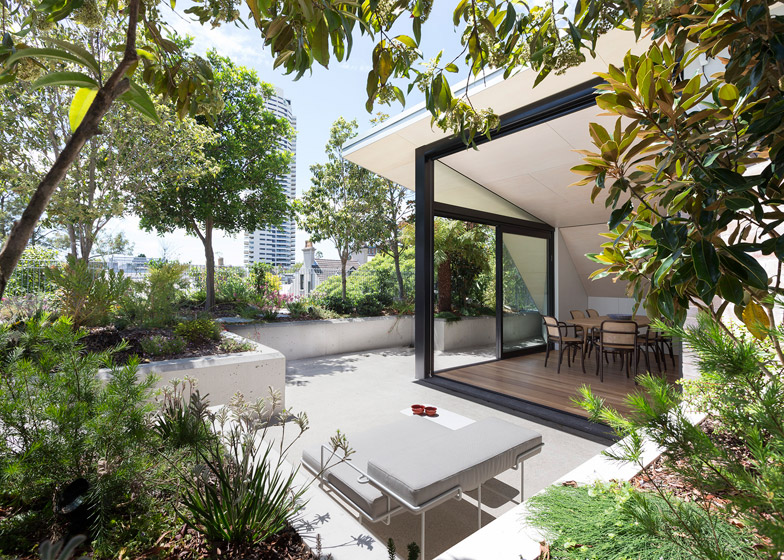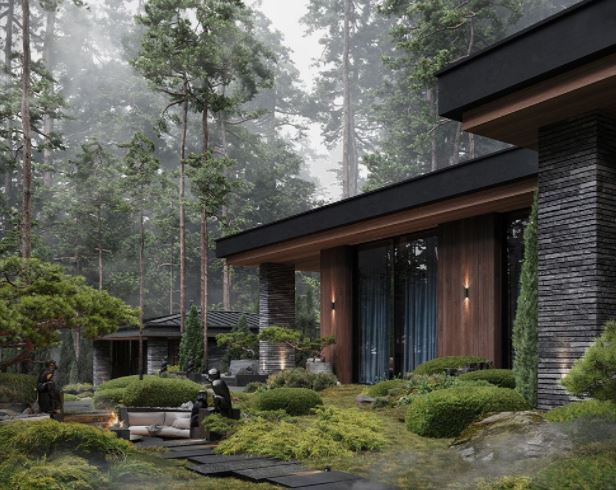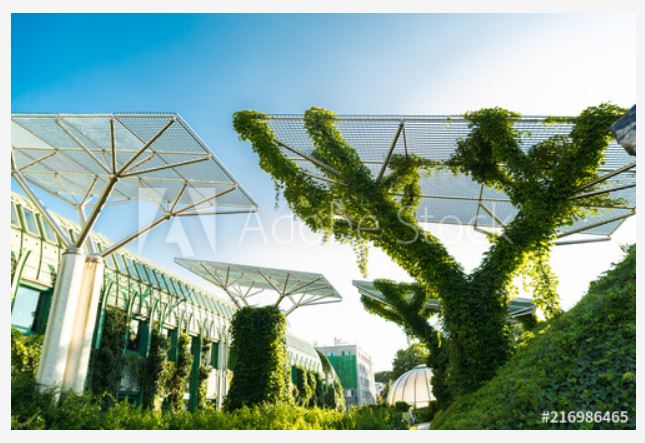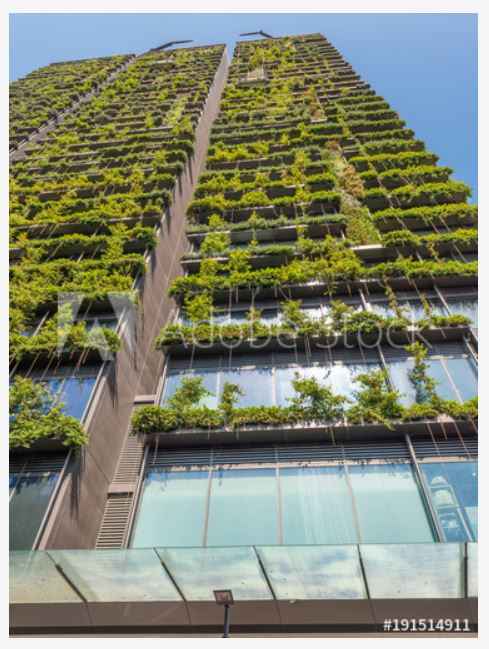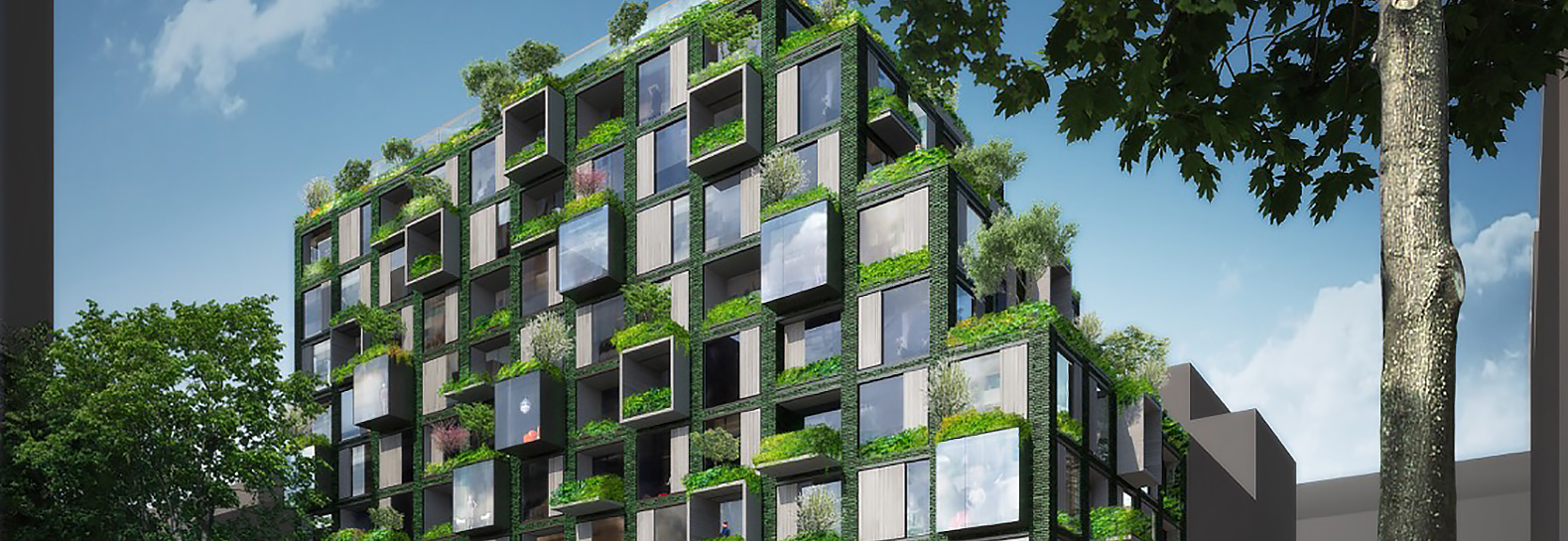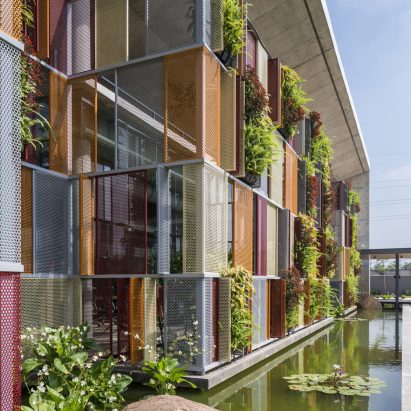Conscious choices about how to improve the business
WHG has became an expert in property/land acquisition and development. Through the years the business goals have involved and improved. It is hard to know how the business might be different in the future and there is no denying the importance of a business vision where its future provides a roadmap to where it wants to go. We have made sure that we have long-term visions that relates to what matters most for our business legacy.
What appears to be one of our concern is that people have been disconnected from nature. We would like to be part of creation that highlights the environment in our built spaces. Having open spaces and landscape areas in combination with built spaces will allow users to live in constant relation with nature. It is now well known that architecture and nature coexisting with each other induces positivity and a fresh mood in people, and minimizes the environmental damage on a larger scale. We have for a long time shaped our cities with forgetting that we also share our existence with thousands of other life forms. We have turned nature into an afterthought in our urban design with this tendency to think that we save nature for the country. It has been observed that most of the time landscape architects arrive on the scene after all architectural decisions have been made, with the tasks of either embellishing what is already there or working with pieces of land that are separated from the building.
There are growing movements emerging globally that tends to recreate this connection between us and nature (e.g Biophilic architecture) and, at its small scale, WH will aim to develop and improve buildings toward that direction. We can hope that beyond making a healthier and happier world, we can also give rise to a more ethical relationship to nature.
Where we are heading
Implement our vision through our development
Experience the landscape
We believe that the landscape is more than just a pretty feature, it should be part of the building and be experience by the users as much as the building itself, and hopefully it will then create an experience between people and nature.
The view
Some buildings or land are not sited offering a great view so it will be interesting to design for urban and more industrial-like sites, landscape spaces that feature trees and other flora to provide occupants views of and access to nature. View is as important in our home environment as our work environment.
Fresh air
Fresh air into a building/space is important for either health or comfort. The usage of operable windows, rolling overhead doors that open to outdoor areas, solar chimneys that use the stack effect to help move air, and minimising the usage of air conditioner.
Acoustic
Natural lighting
Access to natural light is a huge factor in the well-being of building occupants. Sun shading devices, orientation and window to wall ratios are considered in our design to optimize daylight. Some sites don't have access to daylight as easily, alternatives include implementing solar tubes, atriums or ceiling windows, which allow diffused natural light to penetrate interior spaces.
Natural materials and colors
- Materials and finishes play a large role in connecting users of a space to nature. We believe that choosing a color palette that consists of colors found in nature like earthy, shades of grays, blue, brown, earthy green, and rusty shade creates an atmosphere of harmony between self and nature. The use of natural materials like wood, clay, mud, stone, bamboo, etc... can help building a natural atmosphere in the space.
Observing the environment and cities we are living in, it is obvious that colours like whites and greys have always been favored for our urban design. It comes to a realisation that this colours can have an effect to be graving, and feel isolated. So eventually, architects and healthcare organizations have realized and come together to make more habitable and colorful centers and this has proven positive.
Empirical observations and scientific studies have proven that human-environment-reaction in the architectural environment is to a large percentage based on the sensory perception of colour. These studies include the disciplines of psychology, architectural psychology, color psychology, neuropsychology, visual ergonomics, psychosomatics, and so forth. In short, it confirms that human response to color is total — it influences us psychologically and physiologically. Color is a sensory perception, and as any sensory perception, it has effects that are symbolic, associative, synesthetic, and emotional. Because the body and mind are one entity, neuropsychological aspects, psychosomatic effects, visual ergonomics, and color’s psychological effects are the components of color ergonomics. These being design goal considerations that demand adherence to protect human psychological and physiological well-being within their man-made environment.
Social housing is often painted with bright colors and the people who live-in are often stigmatized only because they are recognized inhabitants of these kinds of buildings, but the truth is that these colors do nothing but create positive stimuli in the people who live in the neighborhood. When we walk through an atypical neighborhood with diverse and bright architecture-colors, we usually feel good and comfortable. These neighborhoods are usually key points for touristic activities in the city precisely because of the colors of their facades. Some examples of this type of neighborhoods are Burano, in Venice, or Bo-Kaap, in Cape Town.
Scientific research has also established the link to PNI — Psycho-Neuro-Immunology which clearly shows that networks of nerve fibers and molecular bridges connect the psyche and the body with each other and that emotions penetrate completely into the cells of the organism. Henceforth, research indicates that a positive emotional mood strengthens the body’s defensive system against illness, whereas a negative emotional frame of mind has a weakening effect. The international norms are the 3–1 light reflection ratio within a space. This suggests that floors should reflect about 20%, furniture 25–40%, walls 40–60%. The 3–1 designation means the lightest color (60%) divided by the darkest (20%) is a ratio of 3–1. However, visual ergonomists are not color designers. A yellow wall at 60% is not a yellow anymore but a tan. The only solution is if the walls are raised to 75% light reflection for example, so must then be the percentage of floor and furnishings also be raised to insure that there still exists control of extreme contrasts in dark and light. Interesting fact is that if these rules were known by the design community, white walls would not exist — only ceilings are where 80–90% is accepted.











